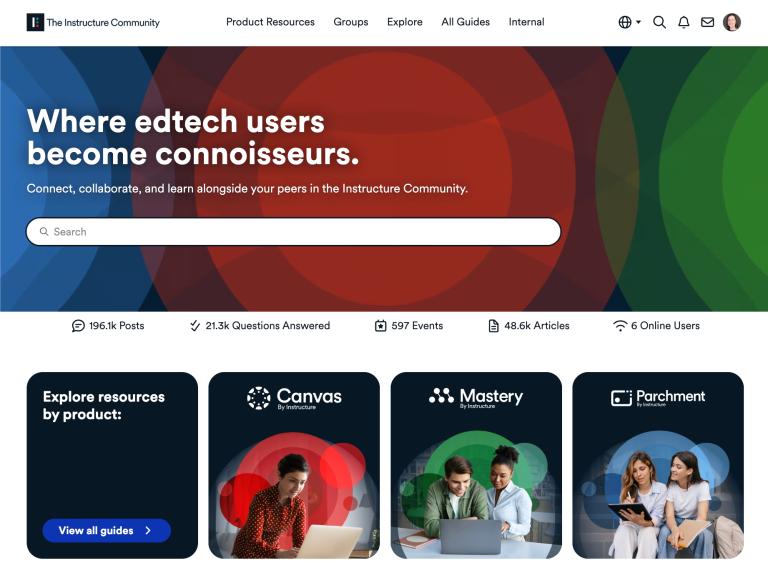Our survey data was clear: Using assessment data in the classroom is more important than ever. The good news? With a more balanced approach to assessment and less reliance on high stakes summative tests, teachers, school administrators, and district leaders have access to more timely, actionable data than ever before.
But as we have always believed, simply collecting data isn’t enough. If you are going to solicit data from students, then that data should be used to progress their learning.
To support educators with this initiative, we’ve rounded up helpful tips for establishing the need and putting that data to good use.
Establishing Your Need for Data
Just as teachers ask, “What do I want my students to learn?” before they plan lessons, educators should similarly map backwards and ask themselves, “What are the most critical data points that demonstrate my student, school, or district’s growth?” When data goals are clear, classroom instructional decisions become clear. Once there is an understanding of how to leverage assessment data in an intentional way, teachers can make timely decisions that positively affect student outcomes.
Ask these key questions to get the most benefit from your assessment data collection:
- Why are we gathering data in the first place?
- With whom are we sharing the data?
- What actions are we taking as a result of our analysis of the data?
- Does our collection of data lead to higher levels of student learning?
Asking these questions will help educators separate the signal from the noise when it comes to deciding what data to track and use.
Putting That Data to Meaningful Use
The daily use of assessment data begins with a clear vision of what can be achieved when data is used to improve student outcomes. Here are three ways data can be used to support both student and school-wide growth:
1. Inform Instruction
Our survey findings revealed that 67% of educators are comfortable using data to inform instruction. This is a great step forward! Quality assessments should result in meaningful, actionable data that can impact learning in real-time, delivering a snapshot of what students know, what students should know, and what students do not yet know.
With access to actionable assessment data, teachers can:
- Adjust lesson plans to meet student needs
- Evaluate curriculum in the moment
- Determine which students need additional support, and which standards need reteaching
2. Design Interventions
According to our survey findings, fewer educators (52%) are comfortable designing targeted interventions. However, these interventions take the mystery out of mastery and provide meaningful support to students that may need additional help. The truth is, mastery doesn’t always come easily, and a little targeted remediation can go a long way.
Once assessment data provides an understanding of who’s struggling to understand what, teachers can:
- Use this newfound knowledge to create more personalized learning plans
- Create tiered interventions to support students at different levels of understanding
- Go boldly wherever they see fit from there!
3. Evaluate Teacher Efficacy
Because the best teachers are nonstop learners! In our survey, 75% of respondents said that their school provides training and support to help teachers improve assessment data literacy, and that’s an essential first step. With the understanding that assessment data is provided at the student, classroom, and school level, there’s a growing need for schools to create a positive data culture—one that promotes information sharing and thoughtful decision making.
When educators come together to share and discuss assessment data, teachers can:
- Provide feedback about how assessments are being delivered in their classroom and how leadership can support their efforts
- Establish PLCs that support the adoption of impactful assessment practices
- Create consistent assessment and grading strategies that eliminate uncertainty
Download the Report
To learn more about key assessment trends that are top of mind for educators nationwide, as well as perspectives and considerations for the future, check out The State of Assessment in K-12.
Related Content
 inst-3step.jpg
inst-3step.jpgBlogs
 13lmsfeaturesthatbenefitstudentlearning.jpg
13lmsfeaturesthatbenefitstudentlearning.jpgBlogs
 community-homepage.jpg
community-homepage.jpgBlogs

